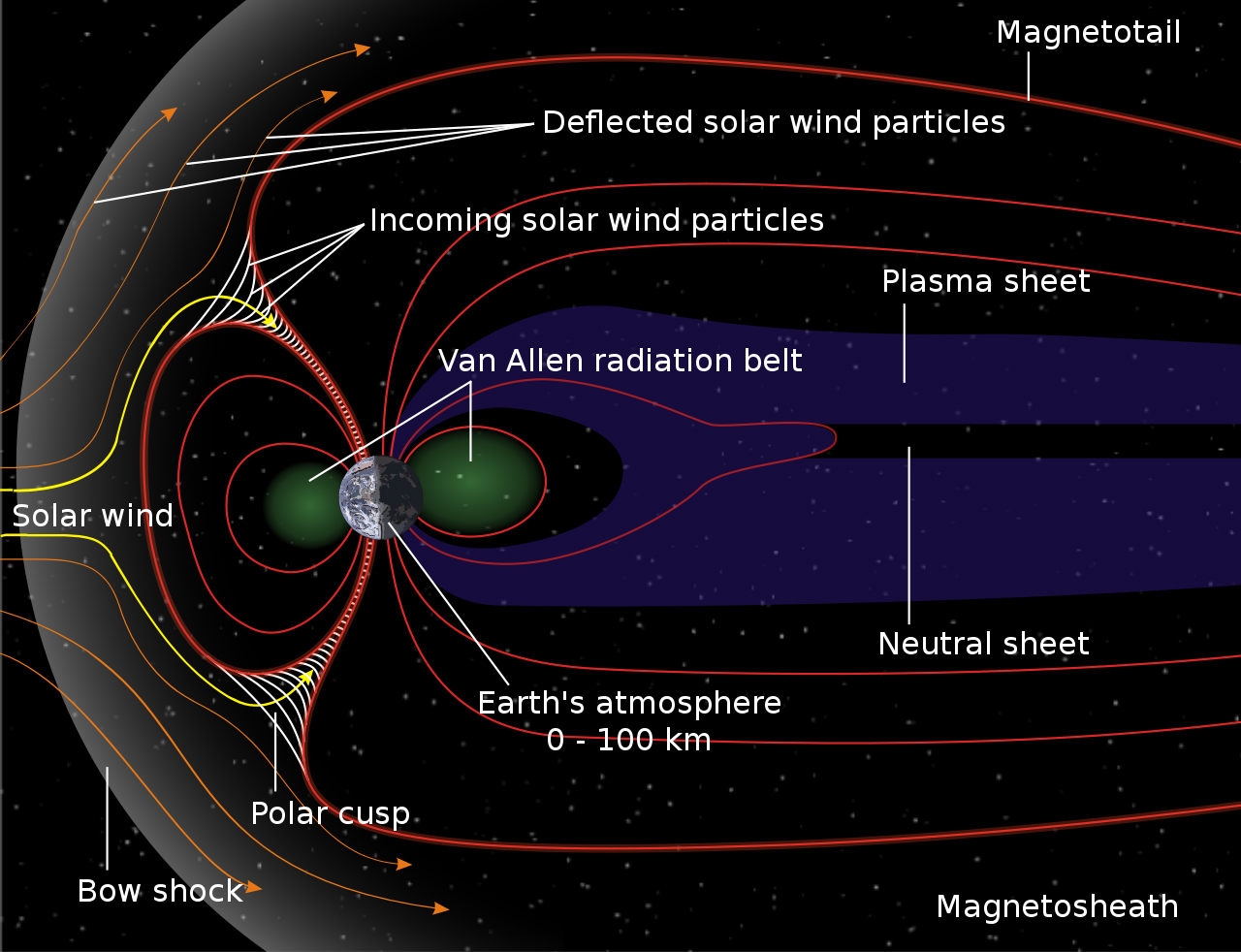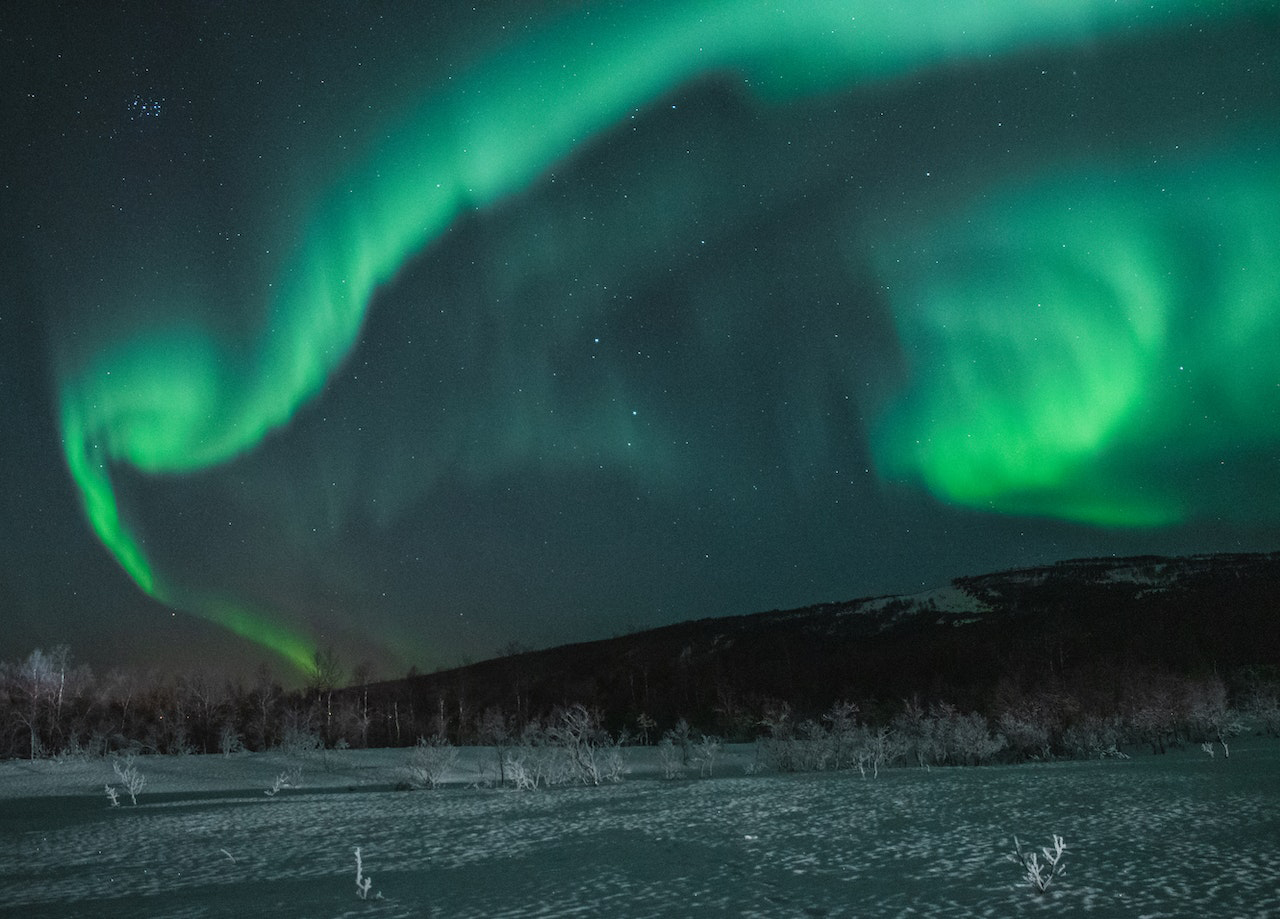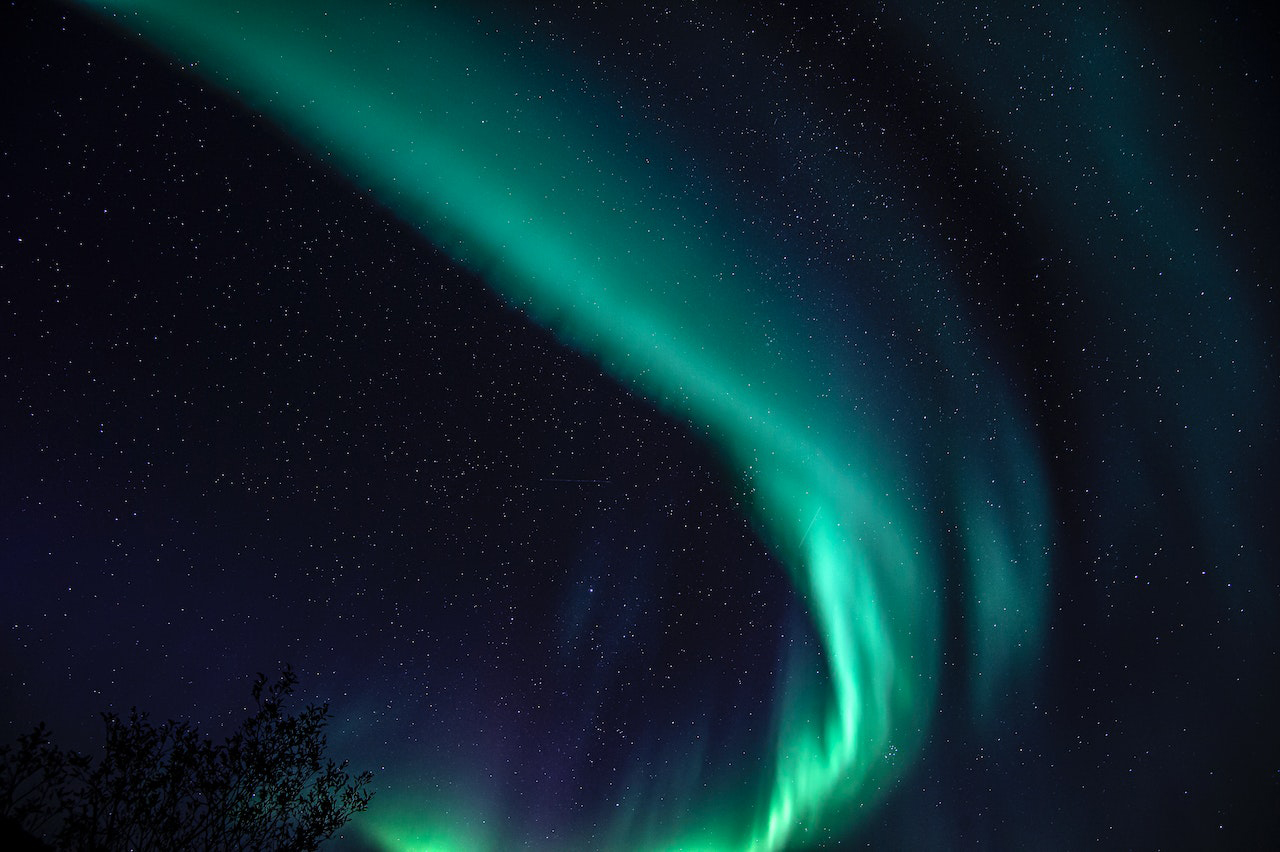The Northern Lights, scientifically referred to as the Aurora Borealis, create a mesmerizing spectacle of vibrant colors that grace the night skies of Greenland. Join us as we explore the captivating science and enchanting beauty of the Northern Lights in Greenland.
Northern Lights in Greenland:
Greenland, with its pristine wilderness and remote locations, provides an excellent opportunity to witness the captivating Northern Lights. The dark skies and minimal light pollution in Greenland contribute to ideal viewing conditions for the Northern Lights.
What are the northern lights?
The Northern Lights are vibrant natural light displays that occur in the polar regions. They are formed when charged particles from the Sun collide with atoms and molecules in the Earth’s atmosphere, resulting in colorful, dancing lights in the sky. These charged particles, mostly electrons and protons, are carried by the solar wind and guided toward the polar regions by the Earth’s magnetic field.

Where can we see the northern lights?
The Northern Lights can be observed in several countries located in the high-latitude regions of the Northern Hemisphere, primarily in a circular band around the geomagnetic North Pole. Here is a list of countries where you can see the Northern Lights:
- Alaska (United States)
- Canada
- Iceland
- Norway
- Sweden
- Finland
- Greenland (Denmark)
- Russia (specifically Siberia)
- Scotland (United Kingdom)
- Faroe Islands (Denmark)
- Lapland region (which spans parts of Finland, Sweden, Norway, and Russia)
- Northern parts of Scotland and Ireland (occasionally)
What are the colors of the northern lights in Greenland?
The colors of the Northern Lights in Greenland, also known as the Aurora Borealis, can range from vibrant greens and yellows to stunning purples, pinks, and even occasional reds and blues. These captivating colors are the result of a combination of factors, including the composition of gas particles in Greenland’s atmosphere and their respective altitudes. The dominant color, green, is typically caused by oxygen atoms at lower altitudes, while rarer colors like purple and blue are attributed to nitrogen molecules and higher-altitude oxygen.

Best time to see the northern lights in Greenland
The best viewing period for the Northern Lights in Greenland is typically during the winter months, specifically from September to March. This period offers optimal conditions for observing the auroras. The long nights and dark skies create a perfect backdrop for the vibrant colors of the Northern Lights to come alive.
Where can we see the northern lights in Greenland?
Greenland offers several rural and remote locations for the best views of the Northern Lights. Some recommended places include Ilulissat, Kangerlussuaq, Nuuk, Tasiilaq, and Upernavik. These areas provide minimal light pollution, dark skies, and stunning Arctic landscapes, enhancing the chances of witnessing the mesmerizing display of the Northern Lights.
Northern Lights imaging in Greenland
Greenland offers optimal conditions for photographing the vivid colors and patterns of the auroras. Immerse yourself in the beauty of Greenland’s Northern Lights imaging amidst Arctic landscapes.

What are the Southern Lights?
The Southern Lights, also known as the Aurora Australis, are a natural phenomenon that occurs in the southern hemisphere. They are the southern counterpart to the Northern Lights or Aurora Borealis, which appear in the northern hemisphere.
The best places to witness the Southern Lights are in the high-latitude regions of the southern hemisphere, such as Antarctica, New Zealand, Australia, and the southern tips of South America and Africa.

Through scientific exploration and advanced imaging techniques, researchers are continuously expanding our knowledge and unraveling the intricate complexities of the Northern Lights. By delving into the colors, patterns, and atmospheric processes associated with this awe-inspiring phenomenon, we enhance our understanding of the captivating beauty that graces the night skies.
